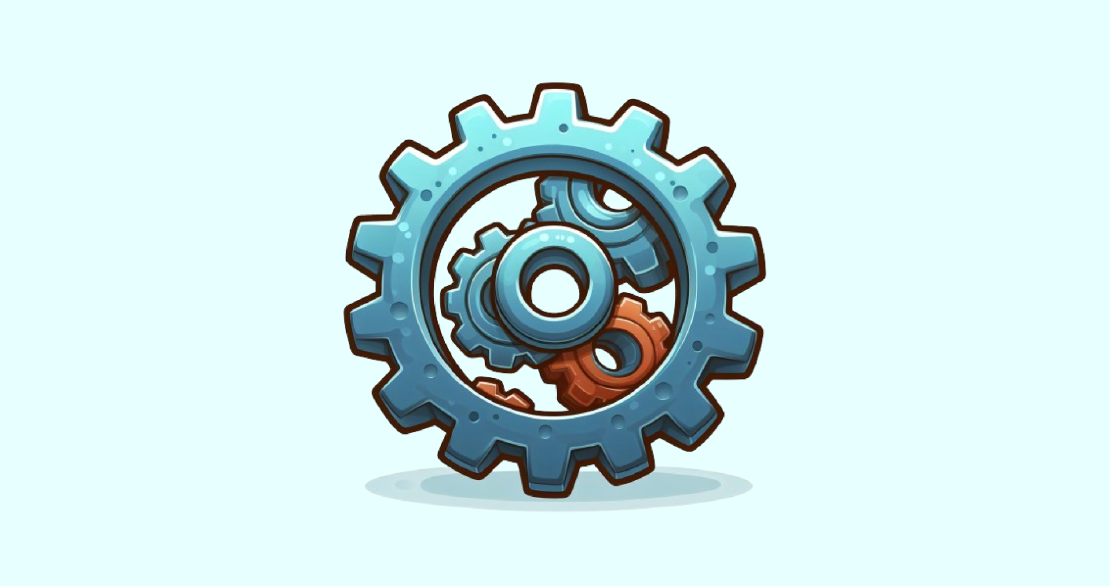
Balancing Productivity and Well-being as a Software Engineer
Working in the tech industry demands a substantial amount of energy and dedication. Specifically for software engineers, staying relevant requires …

We engineers, we chant the mantra: “Code is read more than written.” And it’s true! We strive for maintainability, crafting clear, modular code that future explorers can navigate easily. But there’s another mantra, often whispered, less celebrated: “Code is run more than read.” This mantra compels us to break free from the confines of the code editor and see the bigger picture. It’s about remembering that the users, not just the code itself, matter. It’s about focusing on the impact our code has on the experience of those who will interact with it.
Let’s face it, users have two fundamental concerns:
They don’t care about our elegant algorithms or witty variable names. They care about the value the code delivers and the experience it provides. That clunky interface, the confusing menus – they’re not just technical hiccups, they’re obstacles that prevent users from achieving their goals. Sacrificing UX for maintainability might seem like a trade-off, but it often leads to a lose-lose scenario: users abandon the product, and the carefully crafted code sits unused, its potential impact squandered.
So, how do we write code that both solves problems effectively and delights users? Here are some practical tips:
Building user-centric, problem-solving code doesn’t mean abandoning maintainability. It’s about finding the sweet spot, the harmonious blend of clean, maintainable code that effectively addresses user needs and delivers a seamless experience. Remember, code is a tool for impact, not just admiration. Let’s create code that not only runs smoothly but also solves real problems.

Working in the tech industry demands a substantial amount of energy and dedication. Specifically for software engineers, staying relevant requires …

Have you ever found yourself spending too much time creating code to solve problems that do not currently exist? Writing unnecessary code can clutter …